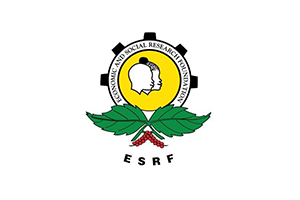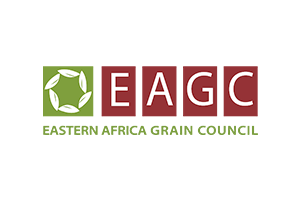AAPC 2018
- AAPC
- AAPC 2018
Integrating Food and Nutrition Security into Economic Transformation and Industrialization Agenda in Tanzania: How could agriculture be the driver rather than follower of economic transformation in Tanzania?
There is compelling evidence that structural transformation is beginning to take root in a number of Sub-Saharan African economies including Tanzania. For example, in Tanzania the share of agricultural labor force declined from 80 percent in the 1990s to 65.5 percent in 2017. Concurrently, agricultural GDP has declined from 50 percent to 26 percent in the same period (Benson, at al, 2017). While for a long time the discussion has centered around “the missing middle” or medium sized enterprise in Africa. The story is beginning to change with the rise of medium-sized farms which according to a recent study (Jayne, et al., 2017) are estimated to account for 42 percent of the total farmed land in Tanzania. Downstream the value chain evidence on food systems transformation is also mounting (Tschirley, et al 2017). For example, there has been a rise in consumption of processed and perishable foods. Another trend is the increase in percentage of household depending on the market as their main source of food. Despite the observed structural transformation in Tanzania, the growth of the agricultural sector seems to be lagging behind other sectors of the economy.
During the last 15 years, overall GDP growth rate averaged 7 percent while agricultural sector growth has stagnated at 3 percent. The economic growth is mainly attributed to service, construction and manufacturing whose growth rates have exceeded 6 percent. Hence, it is evident that the agricultural sector during the last decade has been follower rather than driver of economic growth.
There is consensus that poverty level has stayed high despite rapid economic growth because the sectors that have potential to promote inclusive growth such as agriculture and manufacturing are lagging behind (Reference?). One-third of the Tanzania’s population still lives below the national poverty line and 38 percent of under 5 are stunted. Since 65.5 percent of Tanzanians are employed in agriculture, it
- Dodoma
- February 14- 17, 2018
Disclaimer: PAG reserves the right to make final determination of physical participants in Dodoma. A strict code of conduct will be put in place as we take all precautions against COVID-19
About PAG & AAPC
The Annual Agricultural Policy Conference (AAPC) is organized by the Policy Analysis Group (PAG) in collaboration with the Ministry of Agriculture. The PAG is an informal (community of practice) and voluntary group that consists of members working on agricultural policy projects, initiatives, academia, and local and international policy think tanks. Established in 2013, the group has about 20 members and provides a platform for sharing information on policy research findings so as to enhance coordination, collaboration and synergy. The PAG also aims at ensuring consistency in policy messaging.
The AAPC brings together over 150 participants from academia, research institutions, policy-makers, advocacy groups and development practitioners from Tanzania, in the region and beyond. The Conference provides an opportunity to assess progress in implementing policy reforms under the CAADP framework of the New Alliance on Food Security and Nutrition. In addition, the conference will discuss successes, lessons learned and identify remaining gaps, how to increase competitiveness within the alliances, and emerging issues that require attention.
Partners




















